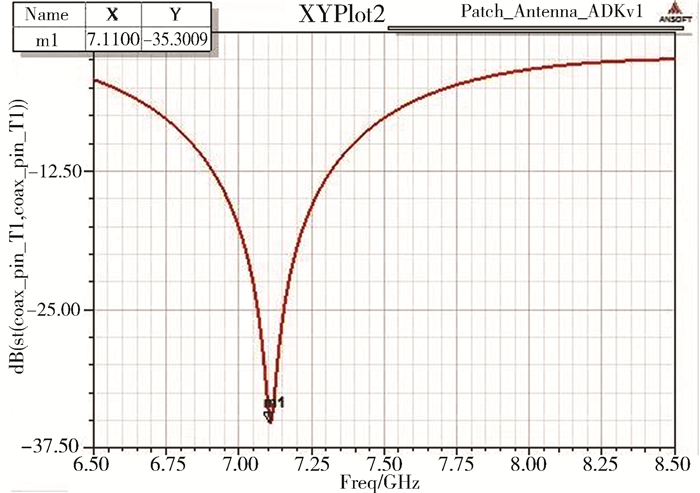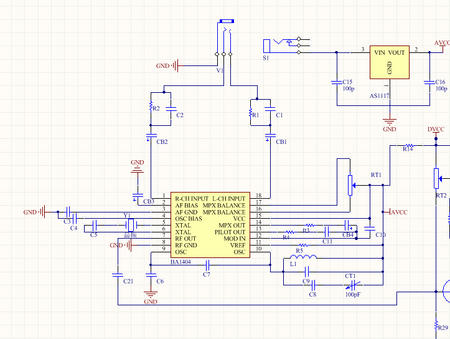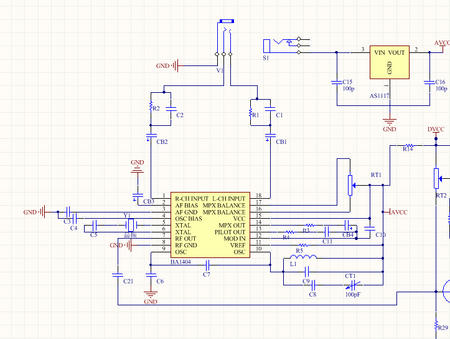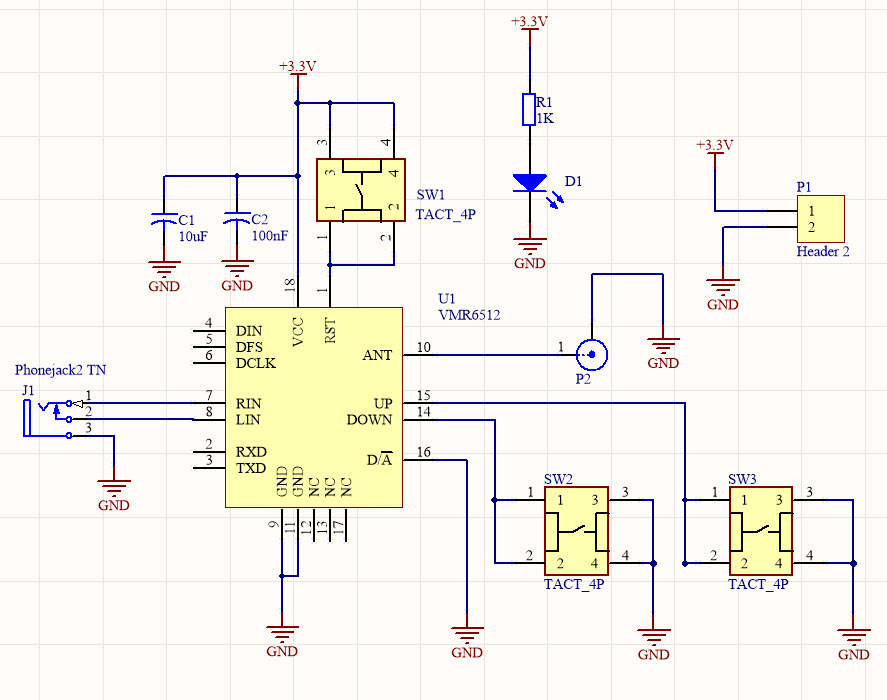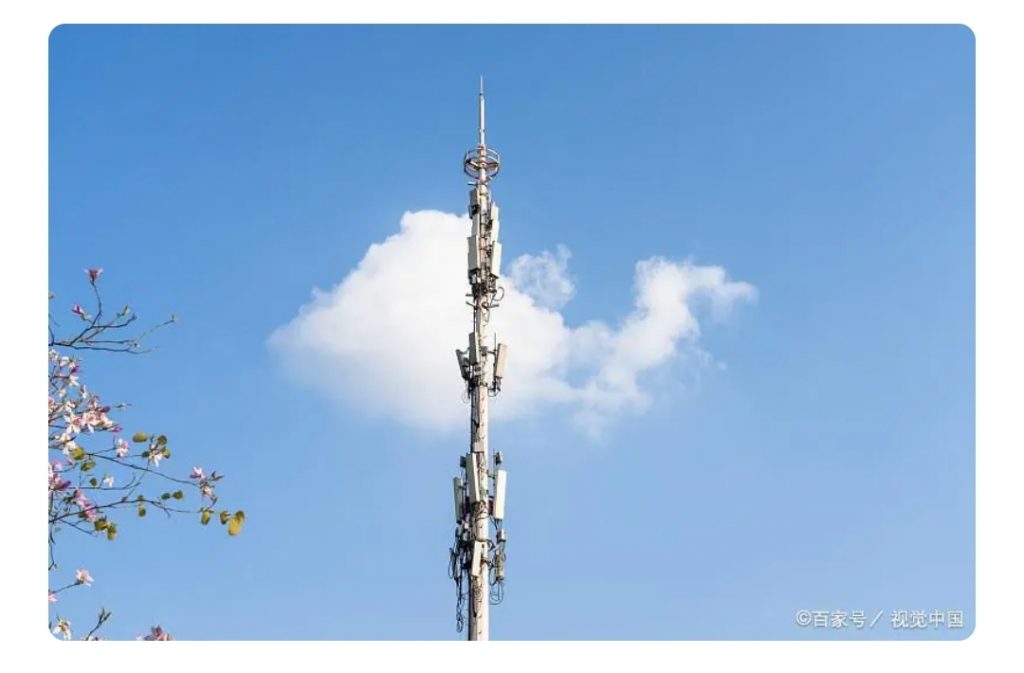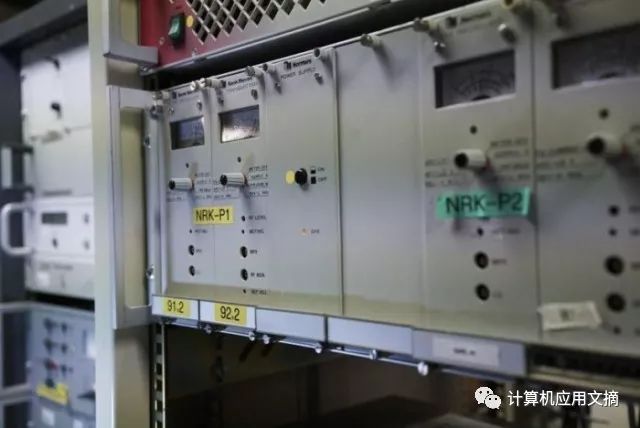Antenna gain is a measure of how much power is radiated in a particular direction by an antenna compared to a hypothetical isotropic radiator (an antenna that radiates equally in all directions). Antenna gain is usually expressed in decibels relative to an isotropic radiator (dBi) or a dipole radiator (dBd).
The broadcasting distance of a signal from an antenna is affected by several factors, including the power of the transmitter, the frequency of the signal, and the characteristics of the transmission medium. However, antenna gain is also an important factor in determining the broadcasting distance.
Generally, the higher the antenna gain, the greater the broadcasting distance. This is because a higher antenna gain means that more of the signal power is radiated in a particular direction, rather than being spread out in all directions equally. This concentrated power results in a stronger signal in the intended direction, which can increase the broadcasting distance.
For example, if a transmitter with a given power output is connected to an antenna with a gain of 6 dBi, the signal will be stronger in the direction the antenna is pointing compared to a transmitter with the same power output connected to an isotropic radiator. This increased signal strength can result in a greater broadcasting distance in the intended direction.
However, it’s important to note that antenna gain is not the only factor that affects broadcasting distance, and there are limits to how much gain can be added before other factors like signal distortion and interference come into play. Additionally, a higher antenna gain can result in a narrower beam width, which means that the signal will be concentrated in a smaller area, and the antenna will need to be pointed more precisely to achieve the desired broadcasting distance.
